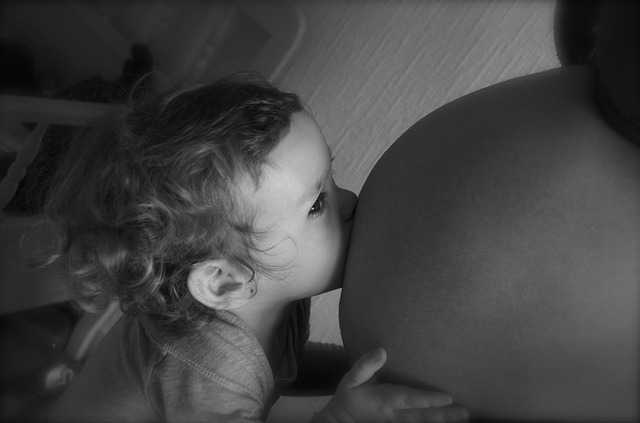Navigating the path to pregnancy can sometimes feel overwhelming, but it doesn’t have to be complicated. In this article, we’ll explore the prime time for you to try for a baby.
To boost your chances of getting pregnant, aim to have intercourse during a woman’s fertile window. This period spans about six days each month, leading up to and including the day of ovulation when an egg is released. After release, an egg has a shelf life of approximately one day, whereas sperm can survive inside a woman’s body for up to a week. This creates a fertile window where sperm can meet the egg.
Conception is most likely to happen when sex occurs within a day or two of ovulation. However, pinpointing the exact moment of ovulation can be tricky. Many women prefer to track their cycles using calendars to predict ovulation, but a more relaxed approach of having sex every two to three days can often yield better results.
Understanding Ovulation Timing
Ovulation timing can depend on several factors, including the length and regularity of a woman’s menstrual cycle. Cycles typically range from 21 to 40 days, with the average being around 28 days. Generally, ovulation occurs about two weeks prior to the start of the next period. For instance, if someone has a 28-day cycle, ovulation is likely to happen around the midpoint of that cycle. Variability in cycle length can shift the fertile window by around a week, which is why regular intercourse is advised.
How to Identify Ovulation
So, how can you tell when you’re ovulating? Some women are quite in tune with their bodies and notice changes, while others may not. For those thinking about conception, it’s crucial to pay attention to ovulation signs, which generally appear about three weeks before your next period. Notable indicators include:
- Increased vaginal discharge that is more stretchy and wetter
- Minor discomfort on one side of the abdomen
- A boost in libido
Monitoring cervical mucus is one of the simplest ways to identify fertile days. If your periods are irregular, it doesn’t necessarily mean you’ll have trouble conceiving. However, if cycles are consistently erratic or exceed 36 days apart, consulting a healthcare provider is wise. Conditions such as polycystic ovary syndrome (PCOS) or thyroid issues can affect fertility, so it’s best to seek professional advice.
Tips for Women with Irregular Cycles
For women with irregular cycles, tracking changes in cervical mucus daily can help. Many find it most effective to engage in regular intercourse throughout their cycle. If you’re having difficulties conceiving, don’t hesitate to reach out for assistance. We offer a variety of treatments, including IVF, fertility assessments, and more. For further information on our services, check out our other blog post on 3-day potty training or visit an authority on this topic, Make a Mom for fertility advice. Additionally, the CDC is an excellent resource for all things pregnancy and home insemination.
Conclusion
In summary, knowing your fertile window and tracking ovulation signs can significantly improve your chances of conceiving. Regular intercourse and understanding your body’s cues are key steps in this journey.

